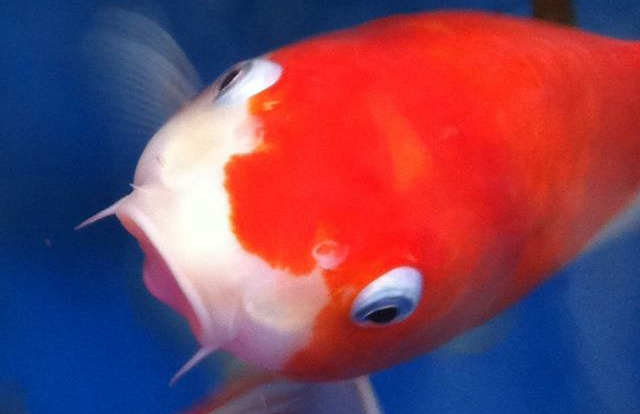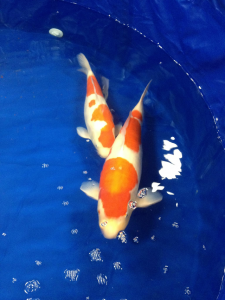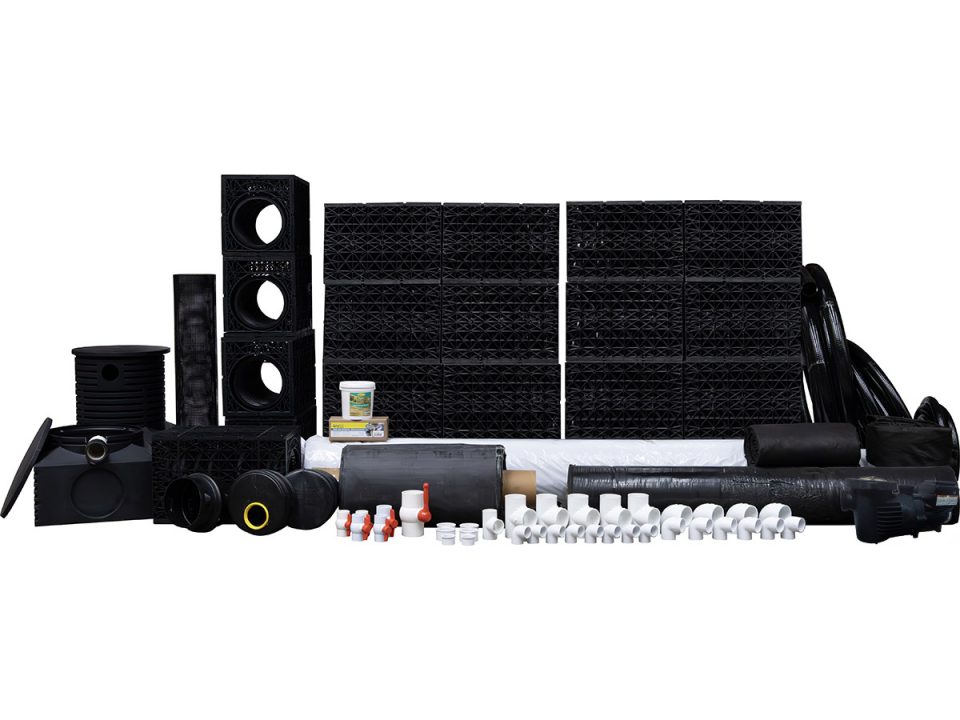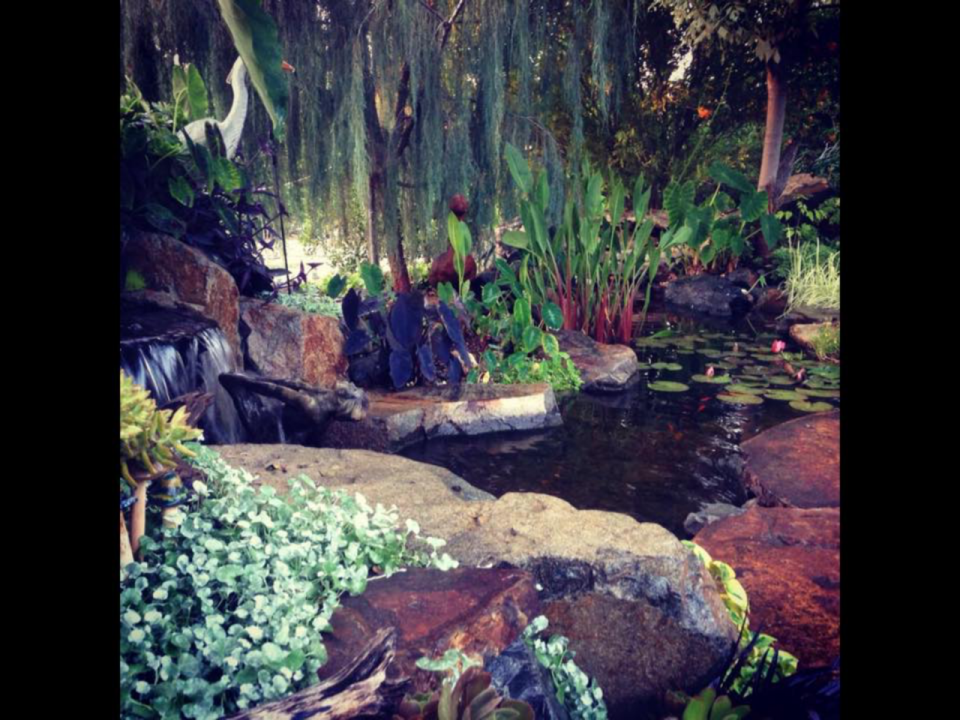Master These 7 Fundamentals, and You Will Be Well On Your Way To Selecting Brilliant Koi.
NEW RARE KOI – SNOWFLAKE ASAGI
December 14, 2015What’s Happening on YouTube!
January 31, 2016
Master These 7 Fundamentals, and You Will Be Well On Your Way To Selecting Brilliant Koi.
- Once you have confirmed that the body is correct, good shape, all eyes, fins, and tail accounted for, and no kinks or bends, then you begin to look at pattern and color.
- Pattern and color are different. The color is how “deep” and “pure” the red is on the fish. The pattern is where the color is located on the fish.
 The white needs to be as pure and close to snow as possible, though when they are young, the white on Koi is more flesh colored. It whitens to “snow” with age.
The white needs to be as pure and close to snow as possible, though when they are young, the white on Koi is more flesh colored. It whitens to “snow” with age.
- There should be some red pattern on the head, and all the depth of the red should be even throughout the Koi. So, the patterns or islands of red need to be all the same color tone.
- On the back of the Koi we are looking for a pattern of “steps” leading from head to tail, with breaks in between. If there are no breaks, the pattern should be interesting. If the solid pattern of red is sort of lightning bolt shaped, it is highly desirable and is called Inazuma.
- The red pattern should end before the tail, so the tail is white, like the other fins. The fins should be pure white with no red, or any other color on them.
- If there is a red circle on the head and also red elsewhere on the koi, the red on the head is called Maruten, and the Koi is a “Maruten Kohaku. If there is only red on the head, and no where else, it is a Tancho. A Tancho is another variety of Kohaku. A good Tancho would have a perfect circle of red on it’s head, perfectly centered between it’s eyes. The Tancho is considered very special because it represents the Japanese flag, which is designed after the Tancho Crane. A very special bird in Japanese culture.
There are many other subtleties to learn, but if you understand these 7 fundamentals, you would be well on your way to understanding the Kohaku, where all koi begin, and end.
Watch This Short Video To Better Understand The Kohaku –
Life is Short, Enjoy Koi!
Connect with The Pond Digger:
The Pond Digger on Facebook: www.facebook.com/theponddigger
The Pond Digger on Periscope: www.periscope.tv/theponddigger
The Pond Digger on Instagram: www.instagram.com/theponddigger
The Pond Digger on Pinterest: www.pinterest.com/theponddigger
The Pond Digger on Twitter: www.twitter.com/theponddigger
The Pond Digger on Youtube: www.youtube.com/theponddigger




